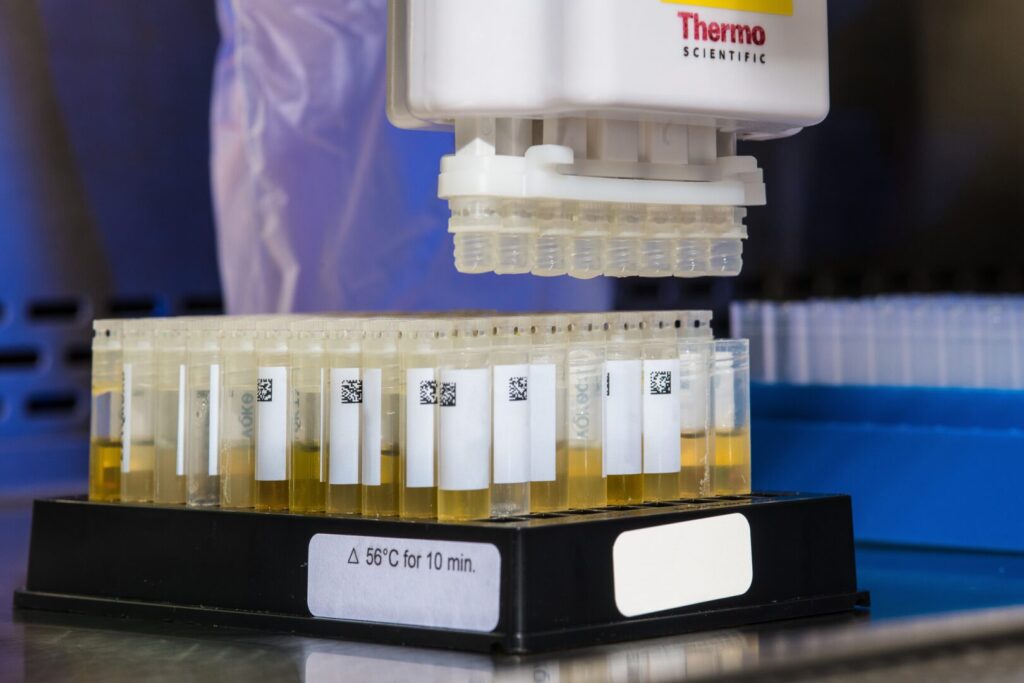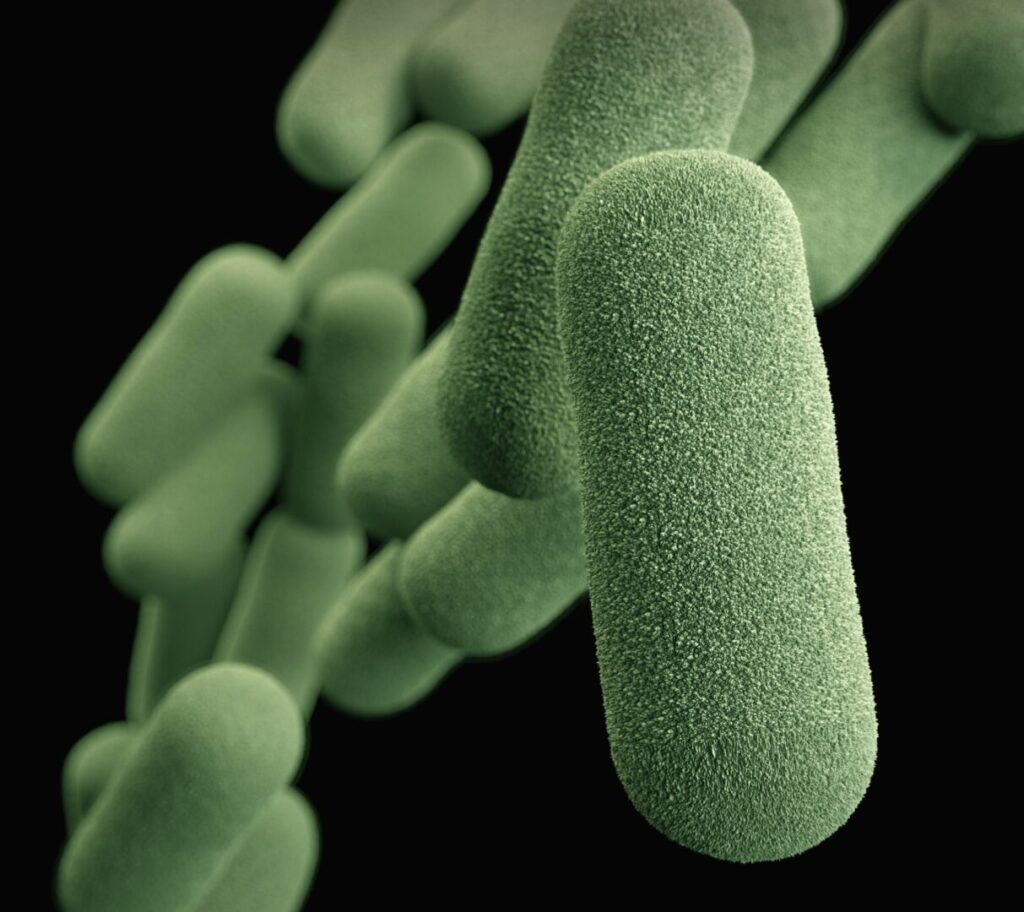Photo by Christine Sandu on Unsplash
Antibiotics: an ongoing war (part 5)
Generally, antibiotics are categorised on their mechanism of action. For example, penicillin, the most famous one, acts by inhibiting the formation of tha bacterial cell wall, blocking the synthesis of its building blocks. Some bacteria are able to destroy the active ingredient of the antibiotic, making it useless: in these cases we talk about antibiotic resistance. Among the antibiotics that act with the same mechanism as penicillin we find its derivatives such as penicillin V (which is slightly more resistant to degradation) and ampicillin (which acts with a wider spectrum on G- and G+ bacteria).

Another strategy used to attack bacteria is the inhibition of protein synthesis: in this case the target for the active molecule are the ribosomes. Ribosomes are small structures inside the cell, responsible for assembling proteins. One of the most relevant classes of molecules are the aminoglycosides (kanamycin, neomycin, streptomycin, erythromycin, ecc.) naturally produced by bacteria of the genus Streptomyces. Streptomycin has been the first antibiotic used to cure tuberculosis, but Mycobacterium tuberculosis, its causative agent, quickly became resistant to the molecule so it was soon abandoned. Erythromycin, has a wide spectrum of action against both G- and G+ bacteria, but it usually is bacteriostatic (it doesn’t kill but inhibits the growth). So, it is used mostly in patients allergic to penicillin or against specific bacteria such as Legionella or Chlamydia trachomatis (STI)
Furthermore, another weapon used in this war against pathogens are the metabolic antagonists. These are substances that block the enzymes of the bacterial metabolism. Such molecules are wide spectrum, bacteriostatic antibiotics that hinder the bacteria to feed itself thus blocking the growth and its replication. Among these we find sulfonamide and trimethoprim.

Lastly, we want to mention the inhibitors of the nucleic acids synthesis, that blocks the construction of DNA and RNA by acting on specific enzymes (DNA polymerase, RNA polymerase, topoisomerase). Unfortunately they do not have high specificity for bacterial cells since the mechanisms of synthesis are similar between eukaryotes and prokaryotes. The most used are fluoroquinolones, they attack the bacterial DNA gyrase and topoisomerase II. Also for these molecules lots of resistances have arised.
To conclude, the existence of antibiotics is made possible thanks to the great differences occurring between man and bacteria. The targets are specific for bacterial cells and cannot be found in our body making them safe molecules with selective toxicity, as we spoke about in the previous articles.